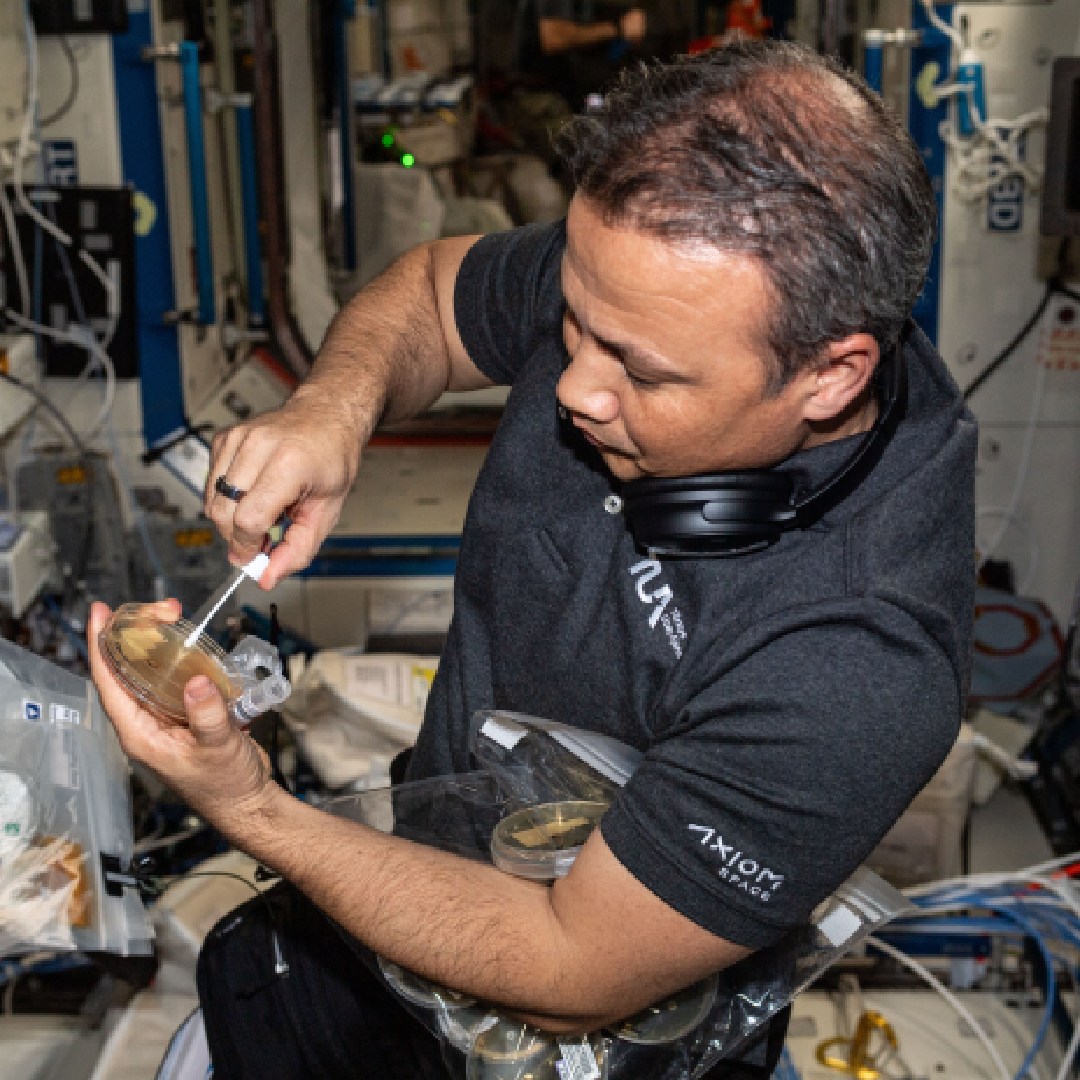UZAY
Biology / Biotechnology
CRISPR-GEM
Investigation of CRISPR Gene Editing Efficiency in Plants Under Microgravity
Yıldız Technical University
Tuğçe Celayir
Özden Sıla Yiğit
CRISPR (Clustered Regularly Interspaced Short Palindromic Repeats) is a genetic editing scientific technique that can be used to increase, decrease, insert or remove genes from organisms.
CRISPR-GEM research aims to investigate the effectiveness of the CRISPR technique on plants in the microgravity environment which affects the defense mechanisms of the plants against the biological and non-biological stresses that occur during the space missions.
For this purpose, researchers investigate the downregulation via the CRISPR technique of three genes involved in the stress response of Arabidopsis thaliana (thale cress, a member of the mustard family) by applying three types of infiltration solutions targeting the selected genes and a control infiltration solution to the 6 week old plants onboard ISS, growing them under microgravity and harvesting before returning to earth.
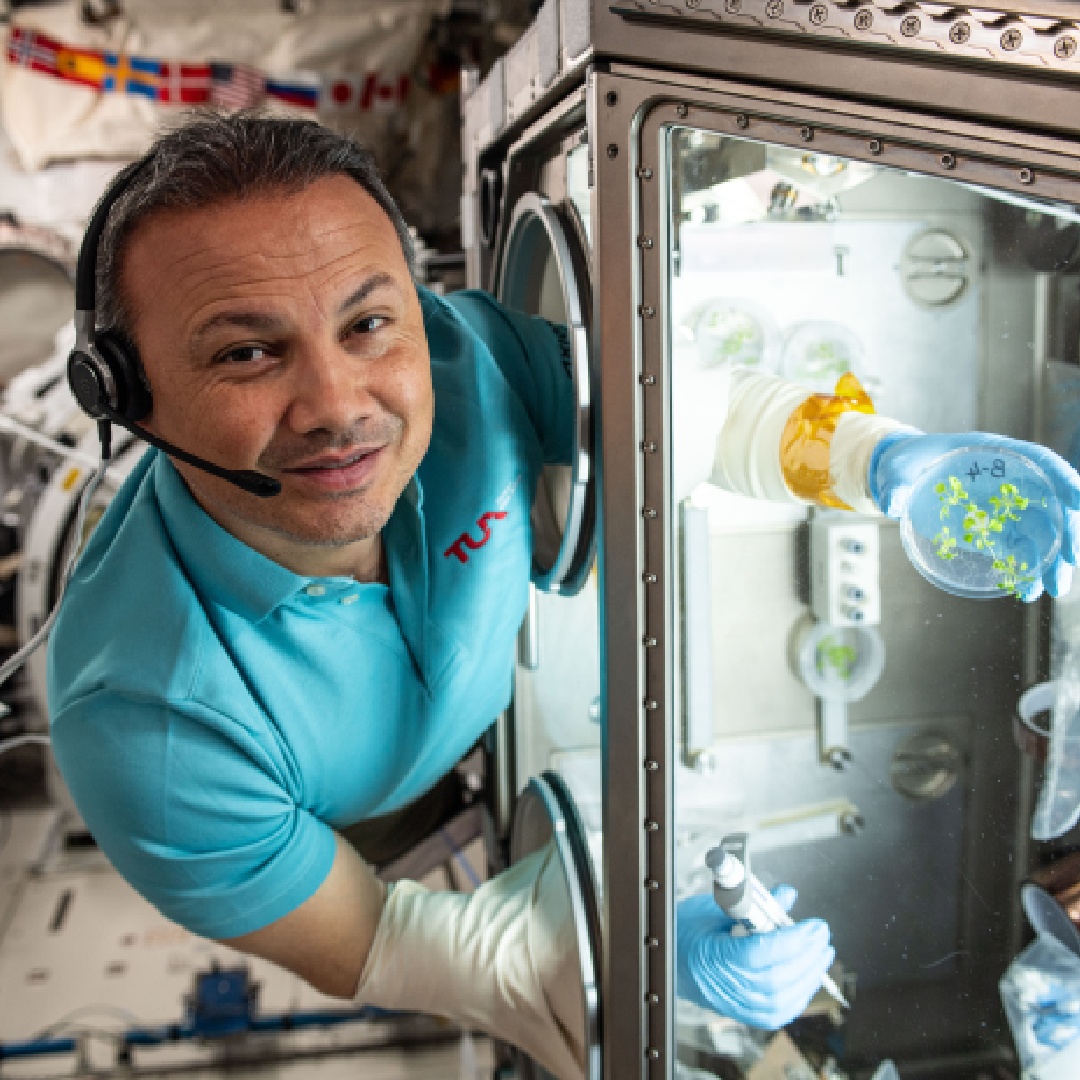
EXTREMOPHYTE
Investigation Of Salt Stress Responses Of Extreme Halophyte Model Schrenkiella Parvula In Space Environment
Ege University
Assoc. Prof. Dr. Rengin Özgür Uzilday
Assoc. Prof. Dr. Bariş Uzilday, Prof. Dr. İsmail Türkan
EXTREMOPHYTE research aims to elucidate if Schrenkiella Parvula, an extreme halophyte (salt-tolerant) plant growing at Salt Lake area of Turkey, can sustain its stress tolerance traits under microgravity.
For this purpose, halophyte (salt tolerant) S. Parvula and its glycophyte (salt-sensitive) relative Arabidopsis Thaliana are germinated and grown in the International Space Station (ISS). Both plants are treated with salt stress, their growth performance are compared and global gene expression profiles are determined.
Results of EXTREMOPHYTE experiment will demonstrate how microgravity affects the growth, movement and genetics of these plants and will provide valuable insights into plant adaptation to extreme environments, potential use of this particular type of plants for space exploration missions and help develop more resilient crops for agriculture.
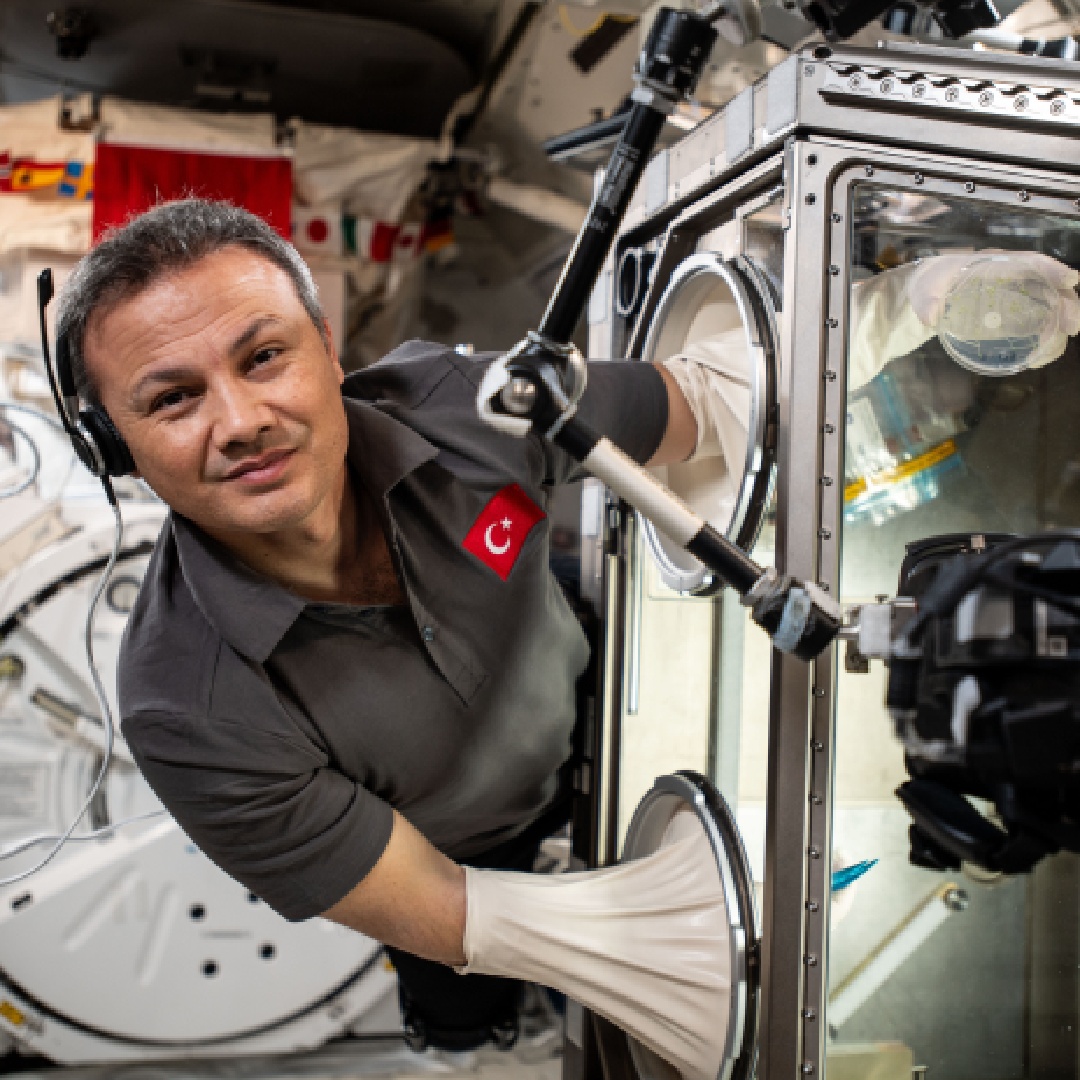
UZMAN
Microalgal Life Support Systems for Space Missions (UZMAN)
Boğaziçi University
TÜBİTAK MAM, TÜBİTAK UZAY
İstanbul Medeniyet University
Dr. Lecturer Berat Haznedaroğlu
Doğukan Parlak, Dr. Caner Yürüdü, Dr. Elif Ünveren, Dr. Osman Okur, Bilge Betül Özçelik, Dr. Tuğba Ceylan, Prof. Dr. Turgay Çakmak, Aslıhan Yesir
Algae have many properties that make them ideal organisms to support humans during long-duration spaceflight missions. Not only could they serve as a nutritional source included in astronaut menus, algae could also remove carbon dioxide and produce oxygen for spacecraft environmental control systems, help regulate spacecraft temperatures, recycle certain wastes, and even act as a source of fuel.
UZMAN Project, aims to contribute the development of microalgal life support systems for space missions. For this purpose, a 4U UZMAN Cube is developed as a life support system that houses novel microalgae species. During the experiment, these algae species adaptable to various light, temperature, and pH capable to meet various needs and requirements of space missions are tested for their carbon dioxide capture, photosynthetic efficiency, growth, and endurance under microgravity conditions of The International Space Station (ISS).
UZMAN Cube has two main modules: an air separation module (ASM) developed by TUBITAK MAM and a microalgae microphotobioreactor (mmPBR) module developed by Bogaziçi University. TUBITAK UZAY has supported the development and test of the cube for integration to the ESA - Ice Cube Facility on ISS.
Main task of the Air Separation Module (ASM) is to separate the CO2 from the gas mixture in the test ISS ambient air and to provide a CO2-rich flow to the microalgae microphotobioreactor (mmPBR) module.
Microalgae microphotobioreactor (mmPBR) module houses three microalgae species each with two replicates (a total of 6 growth chambers). Algae growth is monitored by optical density measurements, and CO2 capture efficiency is monitored by CO2 & O2 sensors. Comprehensive transcriptomics analyses are to be conducted using RNA-Seq tools to understand the metabolic responses in microalgae species under microgravity conditions.
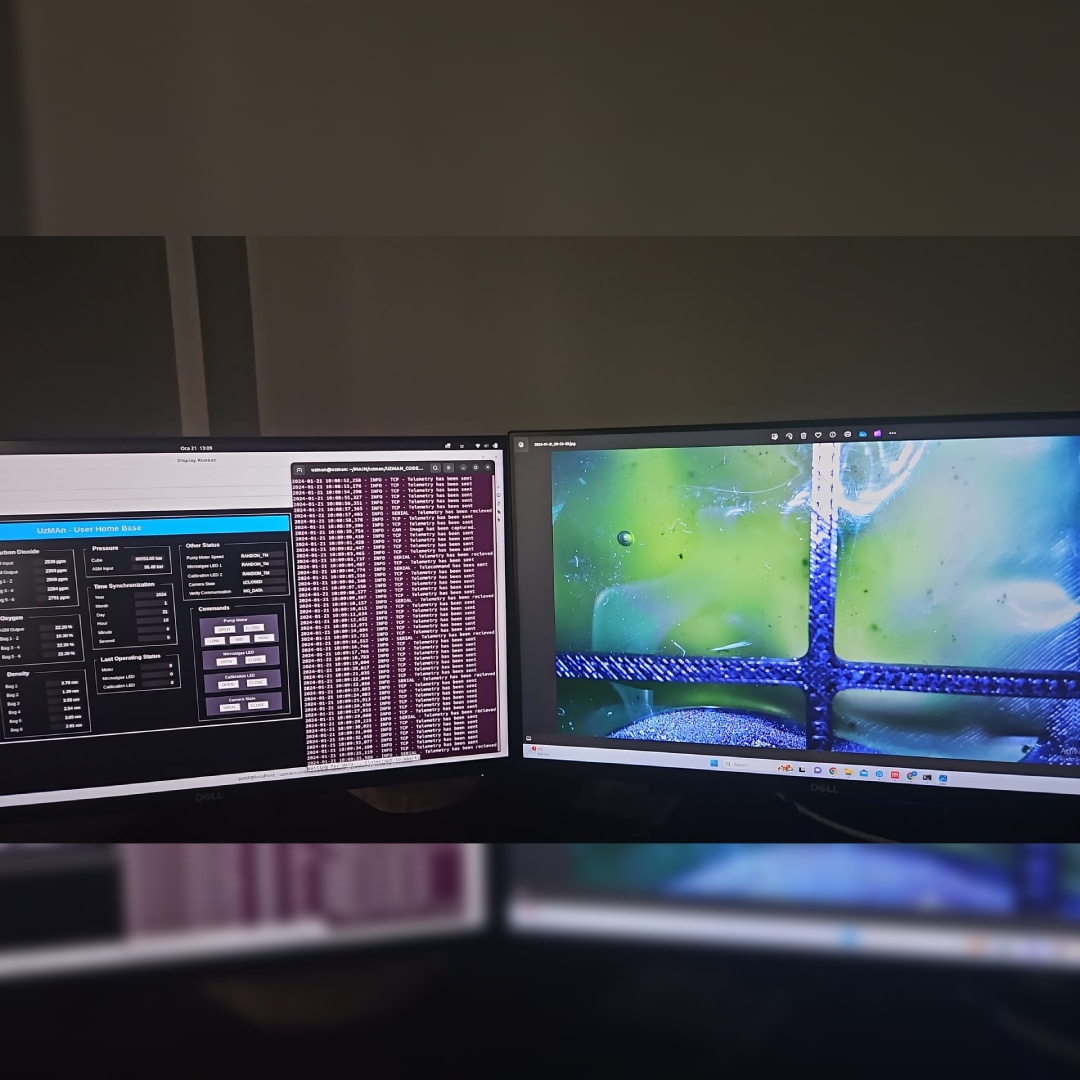
ALGALSPACE
A Comparative Study Of Antarctic And Temperate Microalgae Cultivation Under Space Conditions
Yıldız Technical University
Prof. Dr. Didem Özçimen
Dr. Benan Inan, Dr. Anıl Tevfik Kocer, Gülcan Ayşin Karaca, Beyza Karacaoğlu
One of the challenges of long-duration space missions, such as human transport and resettlement of humans to the Moon or Mars, is the limited life support resources that can be taken aboard.
These missions aim to exploit processes or systems that can provide life support functions such as a sustainable closed loop, regeneration of O2 from CO2, supplemental food supply, and water remediation. In cases of long-term habitation to planets, life support systems that can use local resources (ie CO2 in the atmosphere of Mars) are predicted to significantly increase mission success. Microalgae, which has much higher efficiency than normal plants in increasing the O2 content in the air and improving air quality, production of food ingredients and waste treatment, is considered and intensively researched as a promising technology to improve the applicability of the bioregenerative life support system.
ALGALSPACE aims to reveal the usability of extremophilic microalgae in bioregenerative life support systems in space missions.
For this purpose, the extremophilic microalgae C. variabilis ANTARCTIC.001 and the temperate microalgae C. vulgaris are sent to International Space Station. These microalgae strains were grown continuously under microgravity until return to earth. The growth data output of extremophilic and temperate microalgae in space are compared with the growth data of microalgae produced under laboratory conditions.
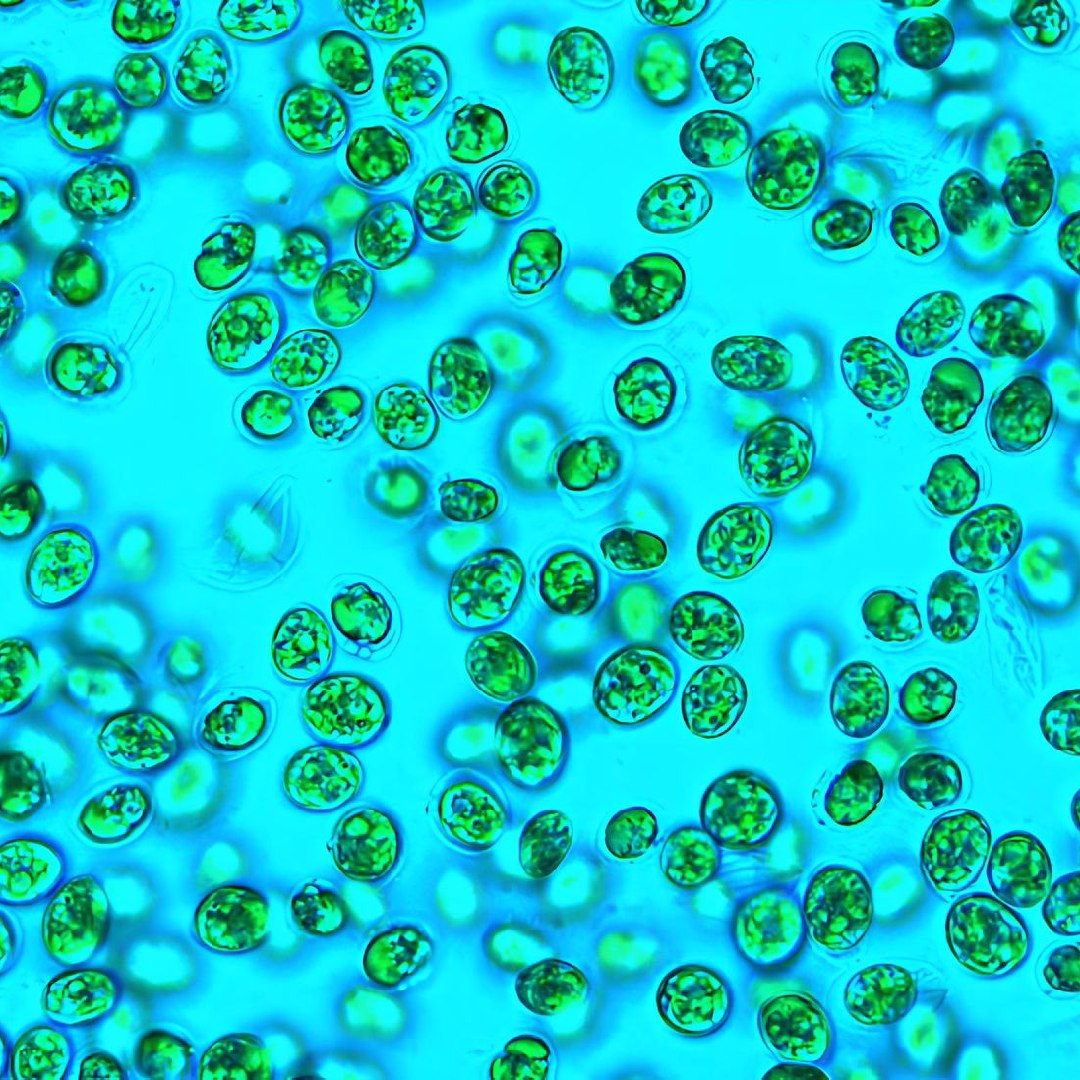
PRANET
Antibacterial Effect of Propolis
Muş Science and Arts Center
Birsen Geçer
Dr. Harun Önlü, Baver Bedirhan Bingöl, Zeynep Nehir Çamlıca, Dilşah İmran Avcı
Propolis extract is a natural product from bees called "bee glue" used for hive construction and maintenance, which has the potential to be characterized as an antioxidant and anti-inflammatory agent.
PRANET research is a STEM project designed by 13–14-year-old students aiming to investigate the effect of propolis extract on bacteria in microgravity.
For this purpose, samples taken from different areas on ISS – like sleeping area or exercise platform are applied on control and experimental group petri dishes and the antibacterial effect of propolis is tested in the microgravity environment. The results are compared whether they will give similar results with the gravity environment.
